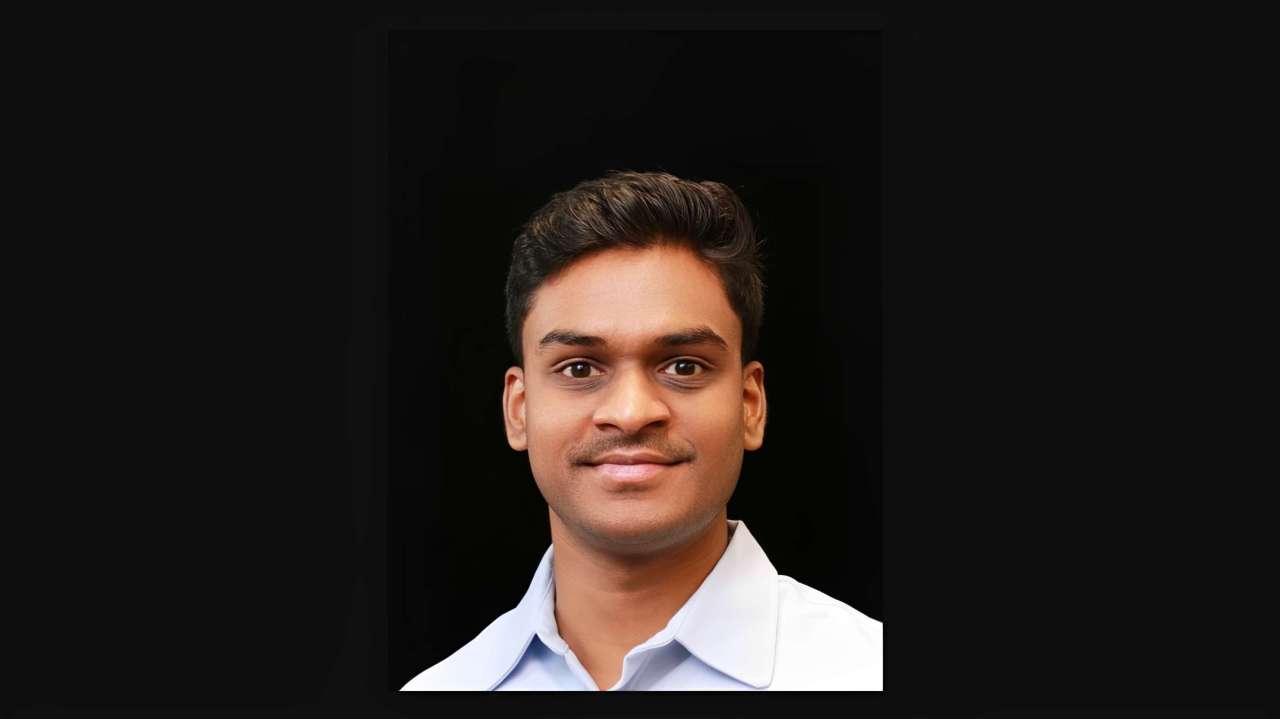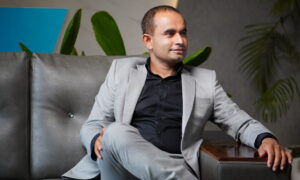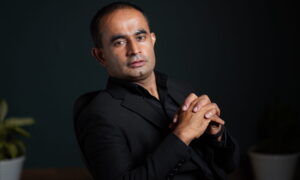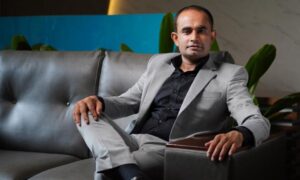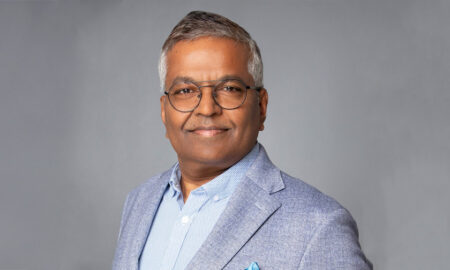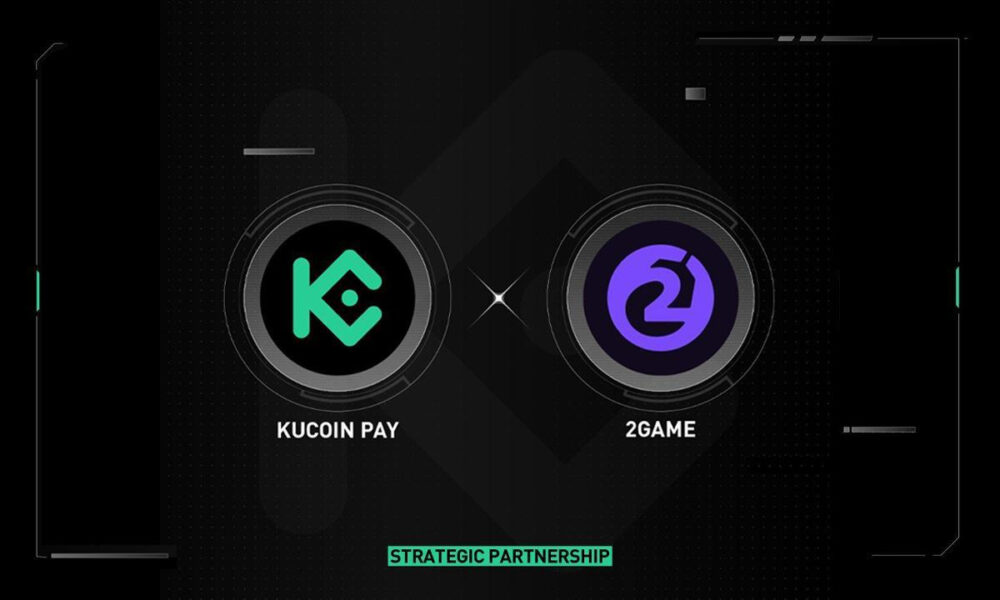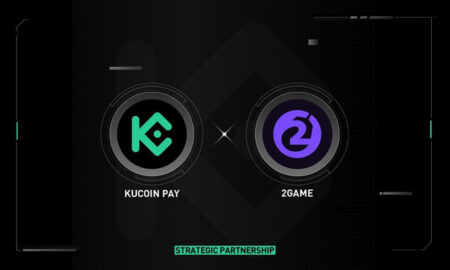Prakash Raju Kantheti stands as a distinguished Software Engineer specializing in payment systems and
digital commerce solutions. Currently serving as Senior Software Engineer in the Payments team at a
prominent digital content platform, he excels in developing secure, scalable payment solutions across multiple
international markets. His technical leadership has driven substantial revenue growth and enhanced system
security across various organizations, including Barkbox, Cerner Corporation, and his current role at a major
digital content technology company.
Q1: What was your path to becoming a expert in building payment systems?
A: “My journey into payment systems began during my master’s in Computer Science at University of Central
Florida. The analytical thinking and systematic problem-solving skills from engineering proved remarkably
valuable in understanding complex payment architectures.
My foundation in infrastructure automation at Cerner Corporation taught me to build reliable, scalable systems
– a critical requirement in payment processing. This technical expertise, combined with my growing interest in
financial technology, led me to specialized roles at Barkbox and my current position, where I’ve developed
payment solutions serving ten major global economies.
What’s fascinating is how my engineering background helps me approach payment systems as interconnected
components, where every element must work in harmony to ensure secure, reliable transactions.”
Q2: Why is it important to advance the field of Digital Payments?
“The advancement of digital payments represents a fundamental shift in how society handles financial
transactions. Beyond the obvious benefit of instant money transfers, digital payments are transforming financial
accessibility and security across multiple levels. For consumers and businesses, these systems eliminate the
friction of traditional payment methods while providing enhanced security and traceability. More critically,
they’re democratizing financial services by enabling the unbanked population to access essential banking
services directly through their mobile devices.
Digital payments also drive broader societal benefits. They promote transparency in financial transactions,
potentially reducing corruption through clear audit trails. The environmental impact is significant too, as digital
transactions reduce the need for physical currency production and transportation. With the rise of e-commerce
and innovations like contactless payments and mobile wallets, we’re moving toward a more efficient and
inclusive financial ecosystem. The ultimate goal is creating a financial system that’s not just faster and more
secure, but truly accessible to everyone, regardless of their location or economic status.”
Q3: What makes payments an exciting field?
A: At the most basic level, payment technology enables money to move seamlessly from one party to
another—a simple concept with tremendous impact. We live in an era where almost anything can be
purchased online with a single click, and digital payments are the engine driving this convenience. What many
people don’t see is the intricate ecosystem behind that “Buy Now” button: stringent government regulations,
sophisticated fraud-detection algorithms, and continuously evolving payment options ranging from credit cards
to digital wallets like Venmo, Apple Pay, and Google Pay.
There’s also the crucial aspect of revenue recognition, where companies must properly account for costs,
taxes, and discounts. Balancing all these elements – compliance, security, speed, and user experience – makes
payments a dynamic, fast-paced domain. Every transaction carries its own challenges, and building solutions
that handle them seamlessly and securely is what makes working in this field so exciting.
Q4: Could you describe a significant project that showcases your impact on revenue generation?
A: “One of my most impactful projects was leading the implementation of in-app purchasing solutions for digital
content on Android platforms. This complex integration demanded extensive expertise in mobile payment
systems and user experience design. The project’s scope encompassed coordinating multiple teams, ensuring
seamless integration with existing infrastructure, and maintaining rigorous security protocols throughout the
implementation process.
The results were substantial: we significantly improved the company’s bottom-line revenue while creating a
more streamlined purchase flow for Android users. Additionally, in a previous role, I spearheaded the
development of an innovative upsell system that delivered remarkable results – increasing the average order
value by over $2 per transaction. At scale, this improvement translated into substantial revenue growth for the
business.
Both initiatives demonstrate how strategic payment solutions can drive significant business value while
enhancing the customer experience.”
Q5: How do you approach cross-functional team leadership in payment system development?
Effective leadership in payment system development hinges on aligning diverse teams—ranging from
engineering and product to compliance and finance—around common goals and clear communication. I start
by establishing a shared vision and well-defined objectives that every stakeholder can rally behind. Regular
touchpoints and transparent project tracking keep the team informed of progress, dependencies, and potential
risks.
Equally important is fostering an environment where members feel empowered to share insights and propose
solutions. This includes encouraging open dialogue, clarifying individual roles and responsibilities, and setting
measurable milestones to gauge success. By balancing technical expertise with proactive mentorship and
consistent feedback loops, cross-functional teams stay motivated, agile, and focused on delivering secure,
scalable payment solutions that meet both business and regulatory demands.
Q6: What strategies have you implemented to enhance payment security?
I take a multi-layered approach to protecting payment platforms. First, I ensure sensitive data is shielded
through strong encryption and tokenization methods, minimizing the risk of unauthorized access. On the
authentication side, I advocate for advanced techniques like multi-factor authentication and real-time bot
detection, which together significantly reduce exposure to fraudulent activity.
Keeping pace with regulations and industry standards is also crucial. In addition to aligning with PCI DSS,
GDPR, and similar frameworks, I champion internal initiatives for continuous monitoring and automated
security checks. This ongoing vigilance allows us to detect anomalies early and respond swiftly. Finally, I
collaborate closely with cross-functional teams—ranging from development and operations to compliance and
legal—to establish secure APIs, service calls, and workflows. By embedding security into every layer, I create
a robust environment that meets both regulatory requirements and user expectations for a seamless, safe
payment experience.
Q7: How do you manage the complexity of implementing payment solutions across multiple markets?
A: Managing multi-market payment solutions requires careful consideration of local regulations, market-specific
payment preferences, and cultural nuances. Over the years, I implemented payment solutions across about
ten different countries, each with unique requirements. This involved creating flexible system architectures that
could accommodate different payment methods, currencies, and compliance requirements. I established a
modular approach that allowed for market-specific customizations while maintaining a consistent core
framework for efficiency and maintainability.
Q8: What role has infrastructure automation played in your approach to payment systems?
A: “Infrastructure automation has been foundational to my approach in building scalable and reliable payment
systems. This experience crystallized my understanding of automation’s critical role in maintaining
high-performing payment platforms.
Throughout my career, I’ve implemented comprehensive automation strategies that encompass three key
areas:
● Automated deployment pipelines to ensure consistent and reliable system updates
● Robust testing frameworks to maintain code quality and prevent regressions
● Advanced monitoring systems to guarantee high availability and optimal performance
These automation principles have proved invaluable in my work and enabled us to scale payment operations
efficiently while maintaining the highest standards of reliability and security. In the payment industry, where
downtime and errors can have immediate financial impact, automation serves as a crucial safeguard for
system integrity.”
Q9: How do you approach mentoring and team development?
A: “I believe effective mentoring is fundamental to building high-performing engineering teams. My approach to
team development operates on multiple levels, combining technical guidance with professional growth
opportunities.
Throughout my career, I’ve focused on creating an environment where team members feel empowered to take
ownership while having the support they need to excel. This includes:
● Providing hands-on technical guidance through regular code reviews and pair programming sessions
● Establishing clear growth paths aligned with individual career goals
● Encouraging innovative thinking and problem-solving approaches
● Creating opportunities for team members to lead initiatives and develop leadership skills
At each of my roles, I mentored several engineers who developed into confident software professionals. This
experience reinforced my belief that successful mentorship requires a balance of technical coaching and
professional development support.
What’s particularly rewarding is seeing team members grow not just in their technical capabilities, but also in
their ability to tackle complex challenges independently and contribute to the team’s collective success.”
Q10: How do you stay current with payment technology trends, and what’s your vision for the future?
I stay ahead of the curve by engaging with industry thought leaders, attending fintech conferences that
highlight emerging technology in the payments space. I also keep a close eye on regulatory developments and
advancements in areas like fraud prevention, AI-driven analytics, and user experience design.
Looking ahead, I see payments becoming even more frictionless, secure, and universally accessible.
Technologies like machine learning will drive more accurate fraud detection, while biometric authentication and
tokenization will raise the bar on security. The user experience will continue evolving toward “invisible”
payments—where transactions happen seamlessly in the background—and offline solutions will expand
access in areas with low connectivity. Ultimately, I envision a future where payments are so seamlessly
integrated into everyday life that they become virtually effortless, empowering people and businesses on a truly
global scale.
Q11: What does the future hold for digital payments, and what are you most excited about?
A: There’s still a tremendous amount of untapped potential in the digital payments landscape, both in the
United States and globally. Instant or real-time payment solutions have already proven to be game-changers,
lowering costs for merchants and consumers while speeding up settlements. In the U.S., the Federal Reserve’s
FedNow system is still in its early stages, but I believe it will pave the way for broad real-time payment
adoption.
I’m also excited about how AI and large language models will empower customers to make smarter purchases,
maximize discounts and rewards, and ultimately save more money. Another area that holds significant promise
is offline digital payment solutions, which can expand access in regions with low internet connectivity. I look
forward to helping build secure, reliable, and scalable systems in each of these areas, driving us toward a
future where the payments ecosystem looks radically different—and far more inclusive.
About Prakash Raju Kantheti
Prakash Raju Kantheti is a Senior Software Engineer specializing in digital payment systems and commerce
solutions. With a unique blend of knowledge in Computer Science, Artificial Intelligence and Infrastructure
Automation, he architects sophisticated payment platforms that serve millions of users across several major
global economies.
His career spans key roles at Cerner Corporation, Barkbox, and currently a major digital content platform,
where he has consistently delivered high-impact Payment solutions that significantly improved revenue. Known
for his expertise in payment security and compliance, Prakash champions robust payment architectures that
balance technical sophistication with business needs.
His leadership in cross-functional teams, commitment to mentorship, and vision for advancing digital payment
technologies establishes him as a valuable voice in shaping the future of payment systems.

